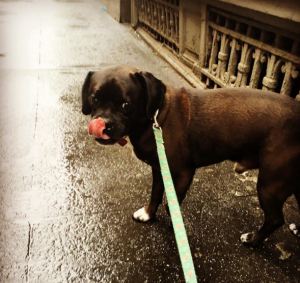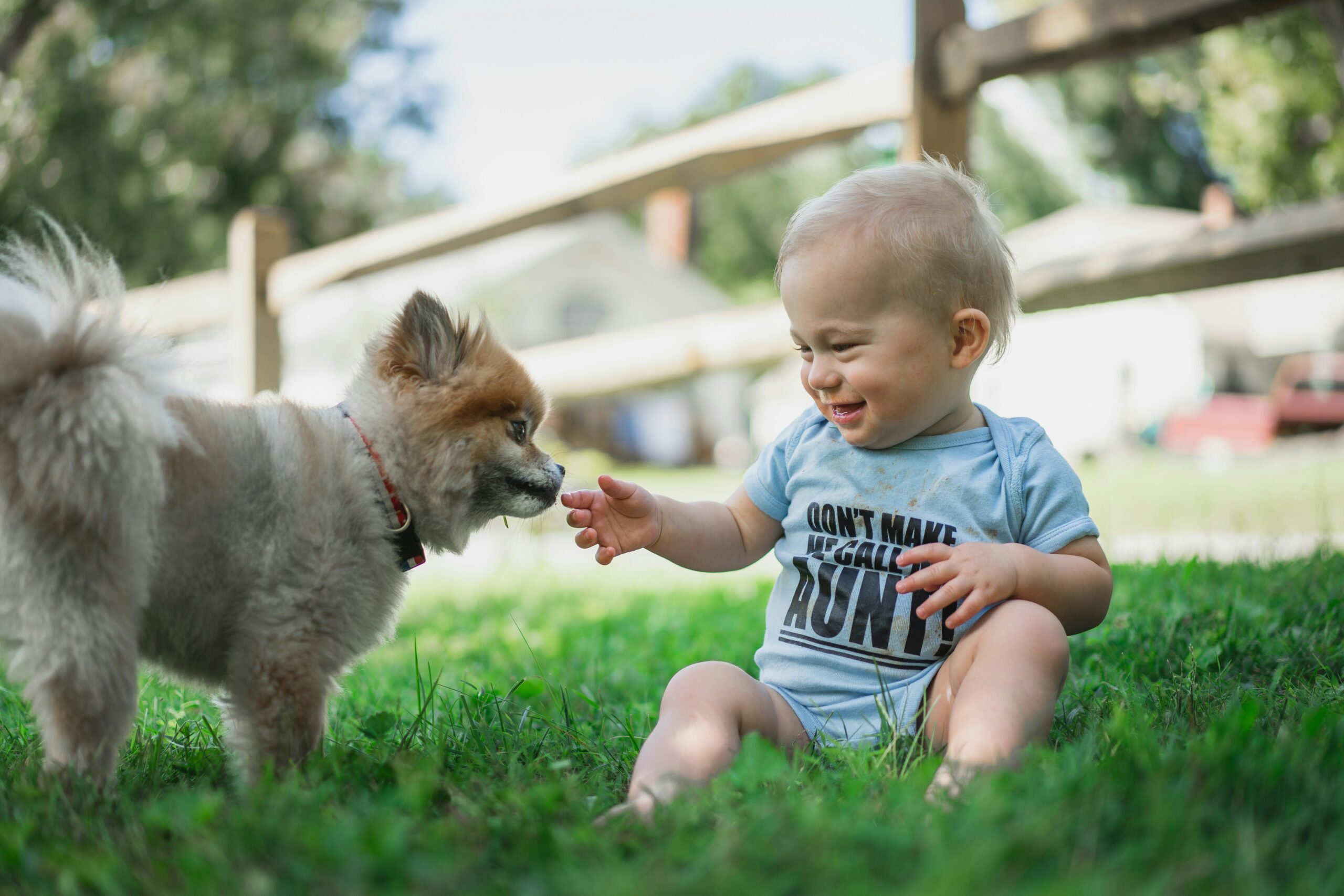Behavioral problems such as excessive barking or chewing are problems for many dogs. One mistake owners sometimes make is relying on physical exercise to keep their pets busy and tire them out. Dogs also need activities that mentally stimulate them. Because mental stimulation relieves boredom, it reduces the chance that a dog will develop annoying behavioral problems. Here are six fun and effective activities.
Play the Name Game
Dogs love to fetch. One way to capitalize on this is to encourage them to retrieve their favorite toys (especially tennis balls) by name. The best way to accomplish this is teaching the name of one object at a time. Placing the toy on the floor directly in front of the dog and repeating its name (“gray squirrel”) until the dog remembers is a mentally stimulating adventure. While some owners reward successful behavior with a treat, a good hug might be more appropriate for an overweight dog.
Try a Puzzle Toy
Puzzle toys boost a dog’s ability to focus on a task. Just 15 minutes a day can dramatically change behavior, offer a pet a chance to utilize natural problem-solving abilities, and boosts its self-confidence. Dogs have varying preferences in the wide selection of interactive toys available. While some prefer toys that lie flat on a surface, others adore a frozen Kong stocked with treats. It’s easy to make a homegrown puzzle toy using tennis balls and a muffin tin.

Working for Food
Mealtime does not have to be boring. It can be far more stimulating than a bowl of food set in a regular spot. Feeding can be a game that requires a dog to work for a meal. One good way is to use a toy such as a Kong Wobbler that dispenses food. The dog must devote mental and physical effort to roll it around and “earn” the food. When paired with the proper food for the dog’s breed, food-related mental stimulation can be an excellent benefit.
Jump That Rope
Jumping rope isn’t just a kids’ game. It’s an excellent activity to burn energy and coordinate a dog’s eyes and body. The pet must gauge the pace of the rope, focus a specific spot, and jump at the right time. How does a dog learn this skill? The first step is teaching it to jump on a specific spot using an object like a stick. Once the dog can target, it’s time to teach jumping on the spot when cued. The last phase is adding a rope and teaching the pooch to jump every time the rope descends.

Go on a Treasure Hunt
Turning on the power of a dog’s nose on a treasure hunt is an activity that’s mentally stimulating, fun, and great exercise. This is an advanced version of fetching. Training begins with selecting something with a scent the dog loves. It might be a beloved old toy or a container with peanut butter. After showing the dog the “treasure” and allowing some hearty sniffs, the owner hides the object while the dog sits and stays. After the owner instructs the pet to “find it,” the dog’s nose goes into overdrive.
Make Discipline Fun
Dogs can learn acceptable social behavior while making discipline fun. Playing hide and seek is a very effective way for a new puppy to learn its name. The reward could be a treat or some extra-special petting. When it’s time to learn how to respond to basic obedience commands such as “come” or “stay,” a little owner creativity can result in lots of fun. Gradually boosting the owner’s distance away from the dog is the first step. Moving to another room or hiding behind a large bush or a tree before issuing the verbal command makes the exercise more exciting.

Bring Your Dog to Daycare
Dogs learn from other dogs! Knowing who is who take mental energy that is well spent! The salivation and mental energy it takes helps keep your dog’s mind active even if they are not the first to jump into a play group! Don’t be afraid to bring your dog to a half day or full day of daycare a few times a week. Even once a week especially during their key socialization stages (puppy hood) are crucial! On a budget? Look for pet friendly events regardless of the season. You can look on meetup.com, local Facebook pet groups or other dog sites that help link dog parents up to other dog parents looking to help socialize their pup!
Keeping a dog mentally stimulated does not have to be a chore. These seven activities can be fun one-on-one time for both owners and their furry friends. Best of all, a creative dog might suggest its own variations of a favorite activity.
This article was contributed by Jackie Shelton.




